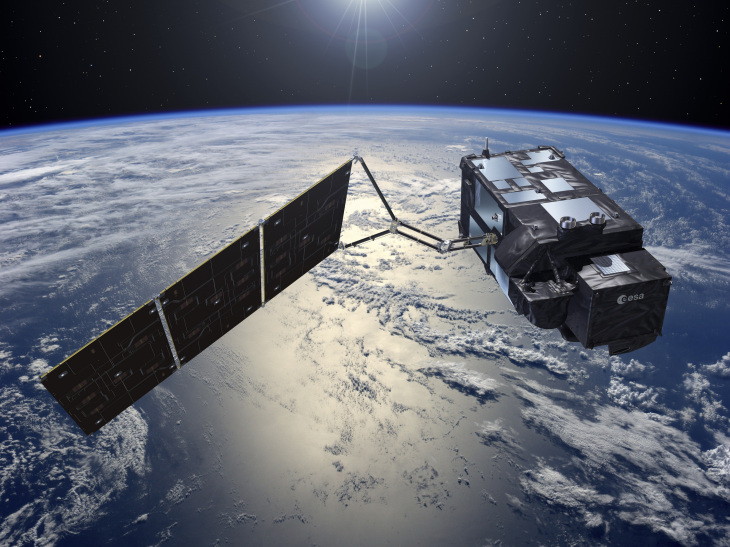Launch of New Ocean Observation Satellite Sentinel-3
A fresh view from above: The new observation satellite Sentinel-3 will launch from Russia this coming Tuesday, February 16th, 2016. Scientists from the Department of Remote Sensing within the Institute of Coastal Research at the Helmholtz-Zentrum Geesthacht (HZG) have made considerable contributions to its development. The working group led by the former director of the department, Dr Roland Doerffer, developed the algorithm to determine constituents of coastal waters using the “Ocean and Land Colour Instrument” (OLCI). The launch of Sentinel-3 is part of the European Space Agency’s (ESA) Copernicus Programme.

Sentinel-3 is the most comprehensive of all Sentinel missions of the European Copernicus program by far. Arange of modern equipment will enable systematic measurements of the oceans, the land and ice surfaces and the atmosphere in order to understand the global dynamics on a large scale and to provide information relevant to the oceans and the weather. [Foto: Esa-pierre-carril]
With the aid of algorithms and their practical application, a variety of water constituents, such as algae, suspended matter and humic substances can be determined for optically complex areas close to shore. “The launch is planned for 6:57 PM our time. First contact with the satellite is to take place at 8:30 PM,” says Dr Hajo Krasemann, HZG scientist in the Department of Remote Sensing.
Thanks to several tested instruments on the satellite, Sentinel-3 is able to carry out systematic measurements of the atmosphere as well as the ocean, land and ice surfaces. The satellite’s capabilities for the ocean region alone cover temperature, colour and therefore water constituents as well as sea surface height and sea ice thickness.
In addition to remote sensing methods, the Department of Remote Sensing within the Division of Operational Systems at the Institute of Coastal Research develops mathematical algorithms for instruments to determine, with the help of satellites, the most diverse substances in coastal waters. The practical implementation of these algorithms for the current OLCI sensor is carried out in cooperation with Brockmann-Consult, a private company in Geesthacht. The firm began fifteen years ago as a spin-off of the Department of Remote Sensing and has since become an important ESA partner.
Contact
Physicist Scientist Deaprtment of Remote Sensing
Phone: +49 (0)4152 87-2022
E-mail contactHelmholtz-Zentrum Geesthacht
Zentrum für Material- und Küstenforschung
Max-Planck-Straße 1
21502 Geesthacht
Media relations
Helmholtz-Zentrum Geesthacht
Zentrum für Material- und Küstenforschung
Max-Planck-Straße 1
21502 Geesthacht
